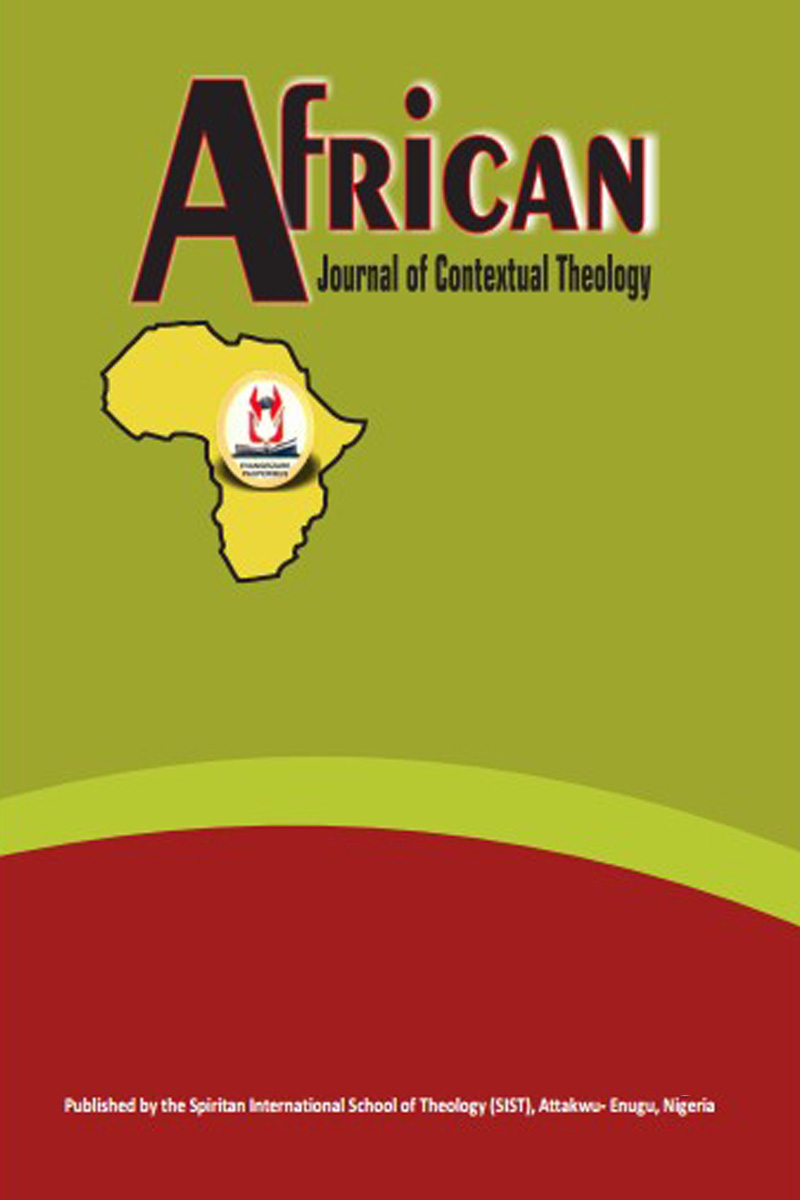THE WORK OF THE HOLY SPIRIT IN CONVERTS IN EPHESIANS 2:11-22 AND THE CONCEPT OF QAROB IN RABBINIC LITERATURE
Abstract
The Holy Trinity is a communion of God the Father, God the Son and God the Holy Spirit. The Holy Spirit, the bond of love and unity between God the Father and God the Son, is also responsible for bringing people into communion with the Trinity. Conversion entails a radical change of status in the person being converted engendered by the Holy Spirit. In describing this change of status, the letter of Paul to the Ephesians makes use of spatial and temporal imageries. This paper focuses on the exegetical background of the use of these imageries in the description of the work of the Holy Spirit that brings Gentiles close in order to experience God. The imageries are similar to the ones used in rabbinic literature to describe the change that takes place in converts to Judaism. The narrative of God’s action through Christ in the Spirit that has now eliminated the difference between Jews and Gentiles in the Christian community (Eph 2:11-22) contains a curious use of the rhetoric of distancing and bringing close expressed in the use of the Greek terms makran and engus. In other words, a contrast is expressed between far and near (spatial imagery), and past and present (temporal imagery) in the description of the experience of the Gentile Christians. A similar contrast is found in the use...


